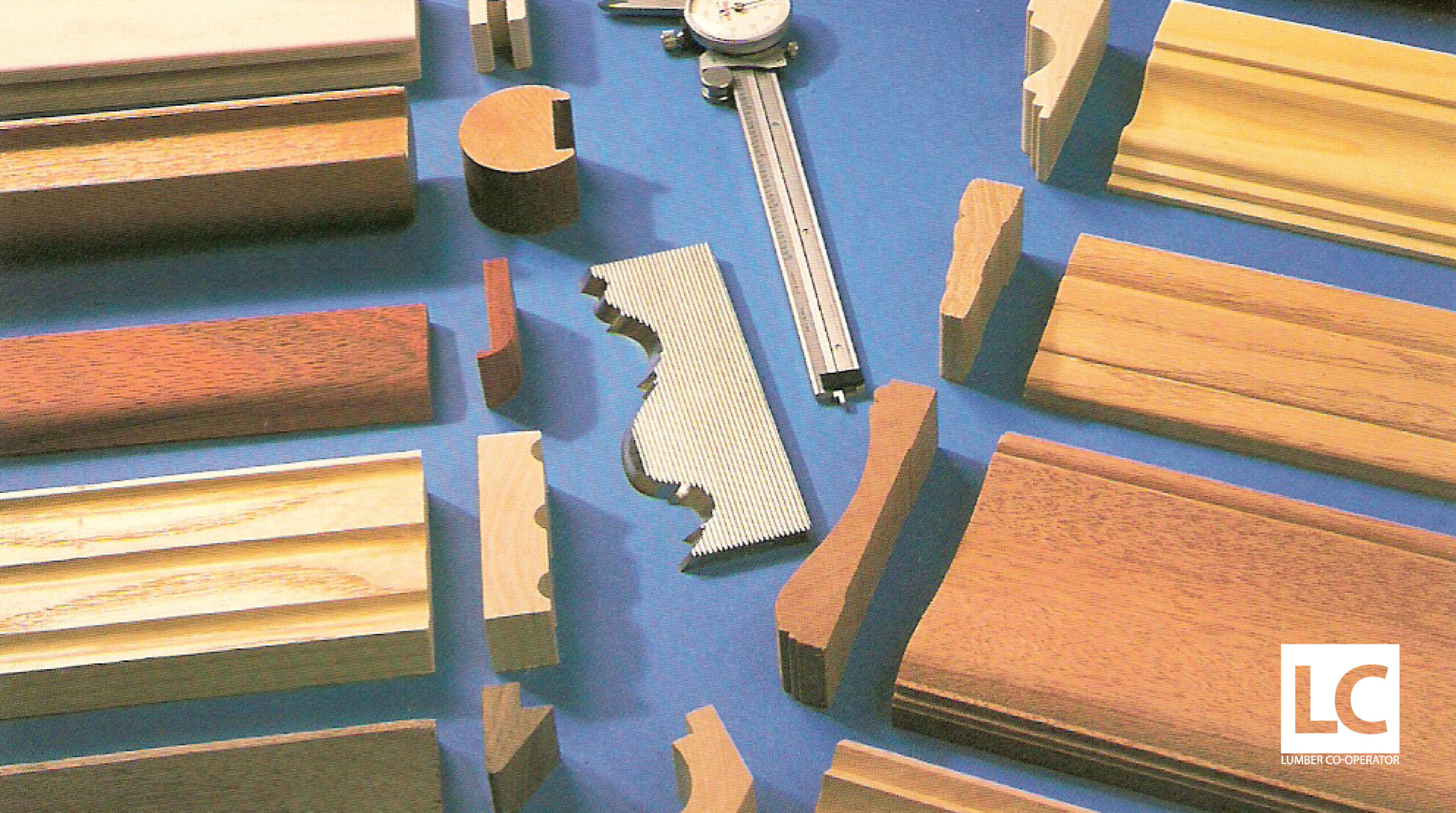Mouldings can be found in any home. Moulding type, style, finish, and color are often a great source of debate amongst homeowners, especially in new home construction. Like all facets of the construction industry, there are trends, but in the case of interior trim and mouldings, the trends are a little more variable.
Today’s current residential new home construction trend tends to be more contemporary or modern, and many mouldings are following suit with that. Moulding profiles in contemporary and modern settings are trending to be more basic and simpler in appearance. They have more flats and bevels than ornate details. Traditional or more ornate mouldings still hold a big market share in both more traditional construction and remodeling. In today’s market, even when more contemporary mouldings are used, more ornate trim is often used in special rooms or to accent a feature in a room. Some examples of special features are mantels, built-in cabinets or bookcases, or select entryways. Another trend in interior trim is to use transoms or pediments on select accents to help dress up a focal point in the room.
Mouldings and trim today are made from many different materials. Solid wood or finger-jointed wood tend to still be the most popular choices and provide both good value and longevity. Other options include foam, PVC, and MDF. At the end of the day, the material chosen is most driven by finish type, style, and budget. A solid hardwood or softwood is the best choice for staining. When painting, any of the substrates are typically suitable, and the choice depends more on budget and future value. Something else to be considered is life span and usage. MDF used for moulding in high-traffic areas can get banged up easier than other mouldings and is tougher to repair than solid or finger-jointed wood, thus needing replacement instead of repair.
The hot topic right now is what type of finish or coating should be used on interior trim. Painted mouldings are the current trend, as well as the trend of the past several years. The mouldings are typically white or another pale or soft color. Whether white or a pale color, walls are typically painted in a flat, matte, or eggshell finish, while mouldings and trim are painted in a satin, semi-gloss, or high-gloss finish. What differentiates the mouldings from the walls is how light reflects off the glossier finish on the trim. Some designers are even using the same color for both the walls and the trim with just different finishes to make the mouldings stand out more from the wall.
Every trend is cyclical, and moulding trends are no different. While light or white painted trim remains the dominant trend in most residential homes, a slight trend toward darker colors or stained hardwood mouldings is emerging. It looks like the trend will grow, probably slowly, but it is unlikely to return to the 1980s trend of staining all wood. Staining does come with benefits and drawbacks. Stained mouldings are typically made of solid wood, which is more expensive than some of the alternatives. It is slightly more difficult to install stained trim than painted trim; miters and cuts need to be more precise because caulk and filler work well with paint but not with stain. The advantages of stained mouldings include the fact that stains outlast paint and hide blemishes and scuffs better than paint. Staining solid wood trim, like using specialty mouldings to accent special features or even rooms, is frequently used to make a room or feature detail stand out.
At the end of the day, personal tastes and budgets are what should drive any decision, not just current trends. The homeowners need to be happy with their choices as they will be living with them for years to come.
About the Author: Ed Godek III has worked for Rex Lumber Company for more than 27 years and is currently the marketing coordinator. Rex Lumber Company is currently celebrating its 75th year of serving the hardwood lumber community. More information about Rex Lumber Company can be found at rexlumber.com.







